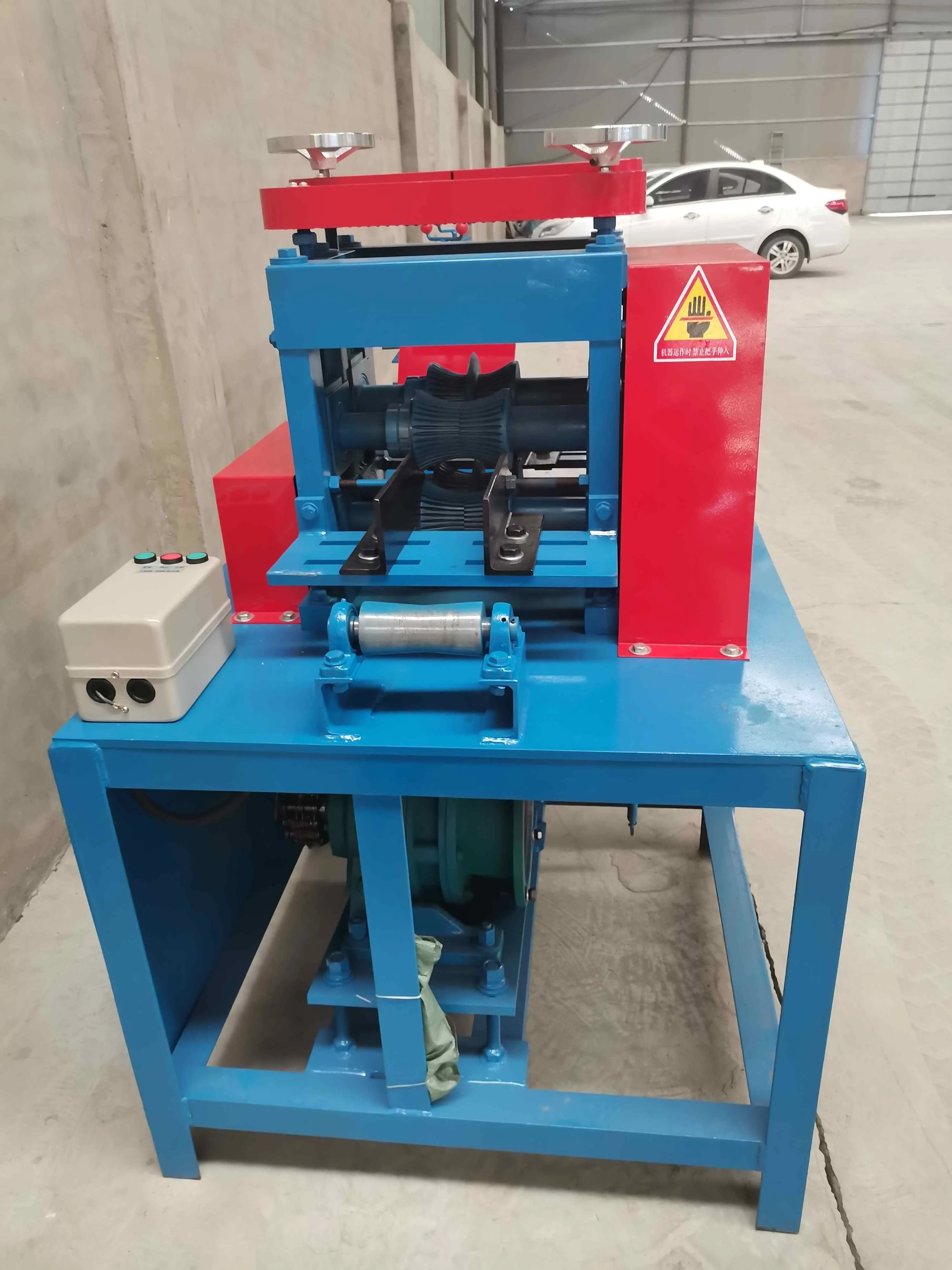

Nov . 03, 2024 00:19 Back to list
The Role of Swarf Shredders in Modern Manufacturing
In the fast-paced world of manufacturing, efficiency and waste management have become critical factors for success. One innovative solution that has gained traction in recent years is the swarf shredder. This machine plays a vital role in enhancing productivity while significantly reducing waste associated with metalworking processes.
Swarf, often referred to as chips or turnings, is the byproduct generated during machining operations, such as milling, turning, and drilling. These metal shavings can accumulate rapidly, creating not only inefficiency but also potential safety hazards within the workplace. Moreover, the mismanagement of swarf can lead to increased costs related to disposal and recycling. Therefore, the incorporation of swarf shredders has emerged as a practical solution for modern manufacturing facilities aiming to improve their environmental sustainability and operational efficiency.
A swarf shredder is designed to reduce the volume of swarf by shredding it into smaller pieces. This process offers several advantages. First and foremost, by minimizing the volume of waste, manufacturers can optimize storage space, allowing for better organization and accessibility in the production area. This not only improves workflow but also reduces the risk of accidents caused by clogged or overflowing bins.
Furthermore, smaller particles of swarf are easier to handle and transport for recycling purposes. Many manufacturers now prioritize recycling their metal waste, as this not only conserves resources but can also lead to significant cost savings. Shredded swarf can be more efficiently processed by recycling companies, providing an additional revenue stream for manufacturers who take the initiative to manage their waste responsibly.

In addition to spatial and economic benefits, swarf shredders contribute to sustainability efforts within the manufacturing sector. As industries face increasing pressure to reduce their environmental footprints, the use of shredders aligns with corporate social responsibility goals. By recycling swarf, manufacturers can significantly cut down on landfill waste and the carbon emissions associated with extracting new resources.
The technology behind swarf shredders has also evolved, with many modern machines equipped with enhanced features such as automatic feed systems and advanced control panels. This automation not only streamlines operations but also allows for precise control over the shredding process, ensuring that the size of the output material meets specific requirements for recycling.
While the implementation of a swarf shredder may require an initial investment, the long-term benefits often outweigh the costs. Manufacturers can expect a return on investment through increased efficiency, reduced disposal fees, and potential rebates from recycling efforts. Moreover, integrating such technology fosters a culture of continuous improvement, encouraging companies to explore further innovations in waste management and resource efficiency.
In conclusion, swarf shredders are a vital asset in today’s manufacturing landscape. By effectively managing swarf, companies can enhance their operational efficiency, support sustainable practices, and contribute to a circular economy. As industries continue to evolve, embracing technology that promotes waste reduction and recycling will be key to maintaining competitiveness in a rapidly changing market.
Latest news
Troubleshooting Common Eddy Separator Problems
NewsJul.04,2025
The Role of Metal Recycling Plants in Circular Economy
NewsJul.04,2025
The Impact of Recycling Line Pickers on Waste Management Costs
NewsJul.04,2025
Safety Features Every Metal Shredder Should Have
NewsJul.04,2025
How Industrial Shredders Improve Waste Management Systems
NewsJul.04,2025
How Cable Granulators Contribute to Sustainable Recycling
NewsJul.04,2025